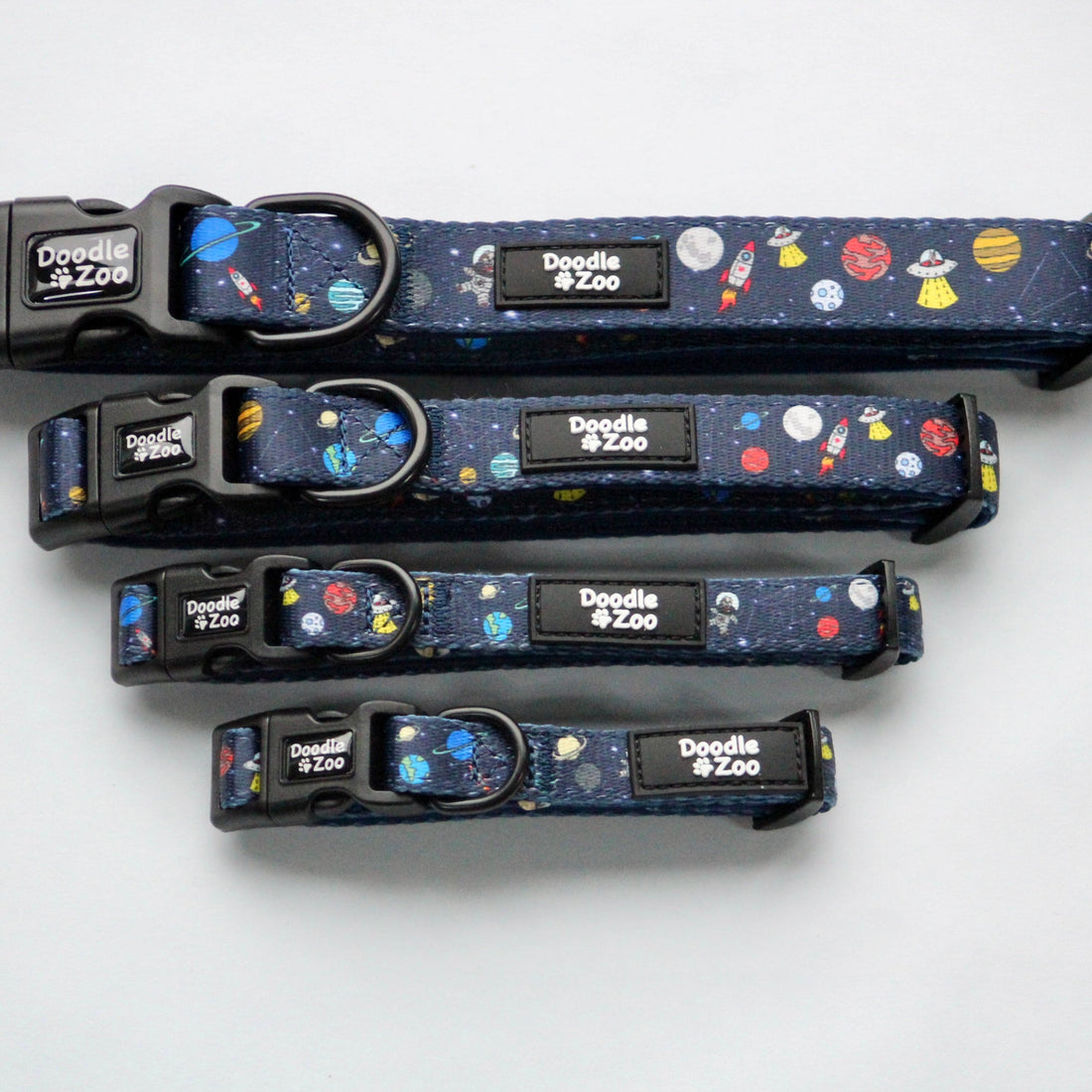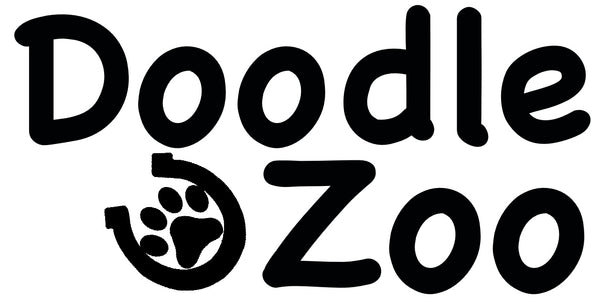
How to design products (that actually work)
Share
Designing Products That Actually Matter
By the founder of Doodle Zoo
When I first started designing products, I didn’t have a design degree, a team of experts, or a fancy studio. I had an idea, a notebook full of doodles, and a lot of questions—mostly about how to turn an idea into something real, useful, and loved.
And honestly? That’s still how I do it.
The Start of Something Small
Most products don’t start out as million-dollar ideas. They start with a need. A little moment when you go, “Why hasn’t anyone made this easier?” or “I wish this existed.” That moment of curiosity? That’s where real design begins.
For me, it started with wanting better, cooler, and more functional gear. But this post isn’t just about pet products—it’s about how anyone can create something that feels personal, solves a problem, and actually connects with people.
My Real-Life Design Process (That Might Help You Too)
I learned quickly that product design isn’t just about what looks good—it’s about what feels right. And what works in real life. Here’s the process I follow, no matter what I’m creating:
- Start with a problem, not a product.
Good design doesn’t shout “look at me!”—it whispers “I’ve got you.” Ask yourself: what problem am I solving here? - Sketch out rough ideas.
I’m not talking perfect illustrations. I start messy—iPad doodles, scribbles in my notes app, voice memos during dog walks. Don’t wait until it’s “polished” to start. - Make it real.
Get a prototype, even if it’s DIY. The faster you can physically interact with your idea, the more you’ll learn. Don’t be afraid to test it before you think it’s ready. - Ask real people for honest feedback.
Friends, family, strangers on Instagram—if someone uses your product, their opinion matters more than any vibe board ever will. - Tweak it again (and again).
The first version probably won’t be the final one. That’s not failure—it’s the process. Every adjustment makes it stronger.
Lessons I’ve Learned Along the Way
- Your product doesn’t have to be perfect—it has to be useful.
It’s okay if your idea doesn’t reinvent the wheel. Improving something that already exists is just as valuable. - People connect to the story as much as the item.
If you design from your own experience, others will relate. Don’t hide your process—share it. - Start small. Scale slowly.
There’s pressure to launch with loads of products, but honestly, your first few should be solid, not many. - Trust your gut (and then test it anyway).
Your instinct will guide the concept, but user feedback will guide the result.
Why Designing Matters—Even If You’re Not “A Designer”
I’m not formally trained. I’ve made mistakes. I’ve had ideas flop. But each one taught me something about what makes a product good. Not just nice-looking, but thoughtful. Functional. Connected to real life.
Whether you’re designing stationery, skincare, clothing, or homeware—if your product comes from a place of purpose, people will feel that.
And in a world full of quick trends and mass production, something real stands out.
Thinking of creating something?
Here’s your sign. You don’t need to wait until everything is perfect. You don’t need permission. You just need a problem to solve, a bit of bravery, and the belief that your idea could help someone.
Design is about making life better—even in small, simple ways. And you never know what that first sketch might turn into.
